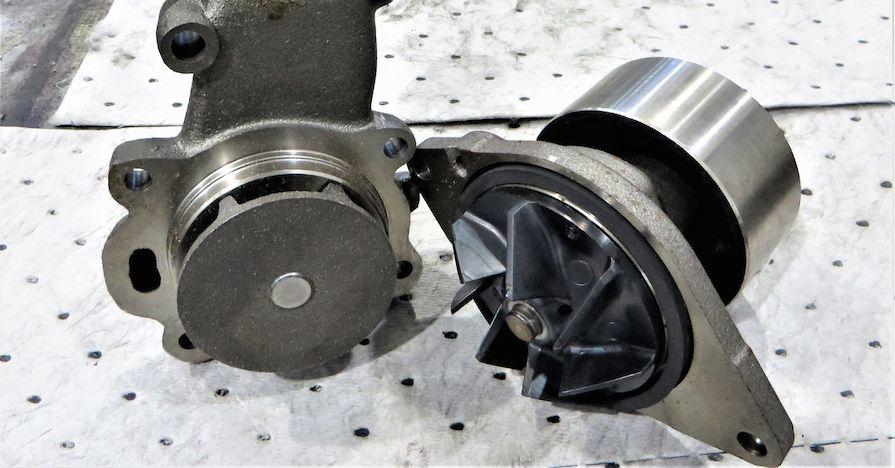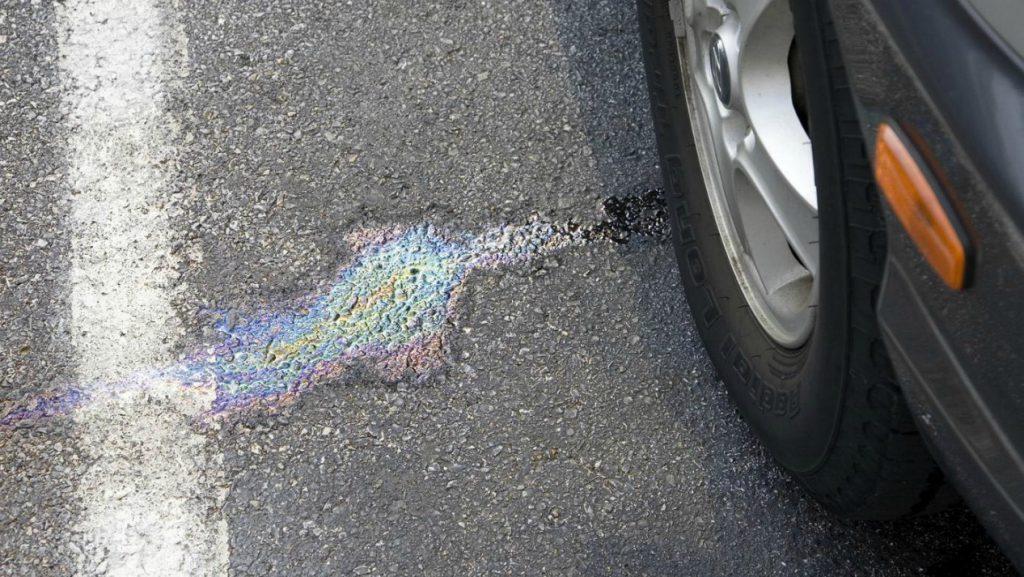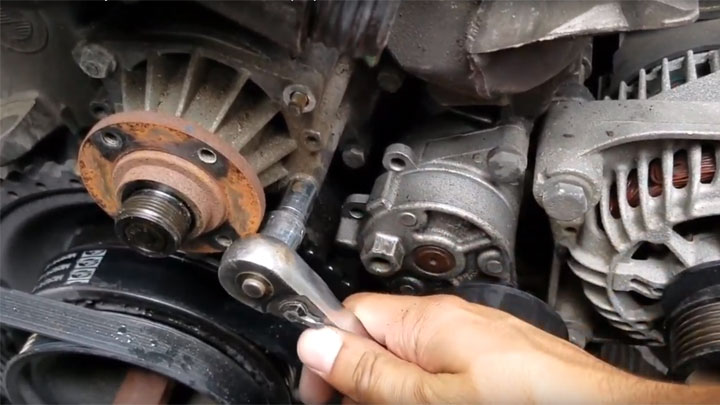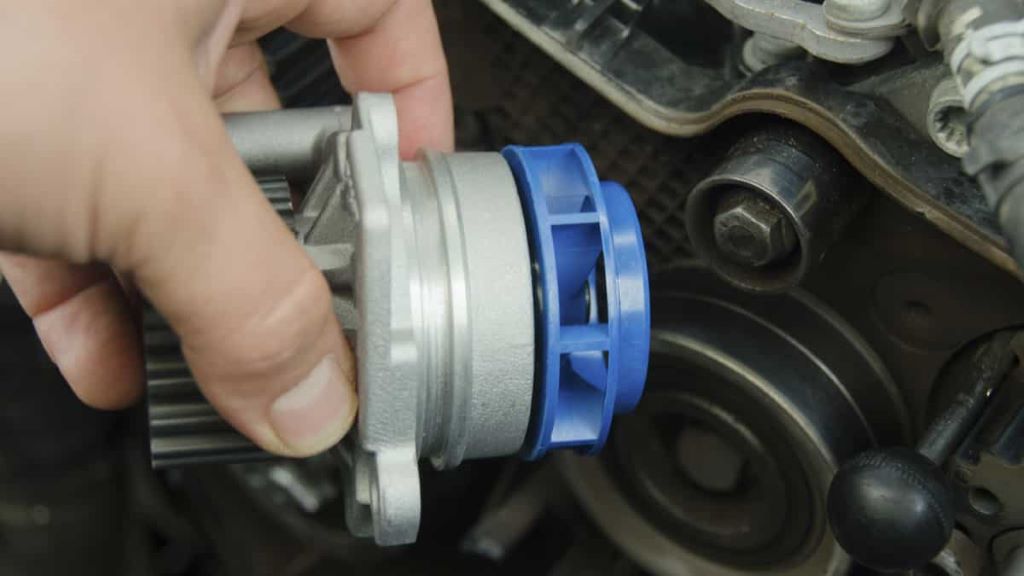Bad Water Pump Symptoms That You Should NOT Ignore
The water pump is the reason why your engine stays cool and the cooling system works well. However, a bad water pump can be catastrophic. Don’t worry, there are a few bad water pump symptoms that you can diagnose easily.
What is The Water Pump?
But first! We need to know the definition of the water pump. In any single car, the engine must be set in the right level of temperature for it to work normally, and car owners can see this in the manual.
And to maintain the exact right range of temperature, the drivers must find a way to cool down the engine whenever the temperature rises. Therefore, the manufacturers create a water pump.
This car component will be responsible for maintaining the proper temperature of the engine. If something wrong happens with the water pump, the engine will also be affected. As a result, it affects the performance of your vehicle.
On the other hand, the problems that happen with your water pump are usually significant. They are very serious and might damage your engine.
For that reason, car owners must understand the symptoms of a water pump going bad to avoid high repair costs.
What Does Water Pump Do In Car?
Before learning about the signs of a bad water pump, you need to know what a water pump is and what it does in a car.
On hot summer days, your car needs to have a constant coolant flow fed from the radiator throughout the engine to make sure it will run cool. The water pump is the principal element that maintains this flow.
If the water pump runs correctly, your car will be kept at a constant running temperature, operate smoothly, and take you wherever you want with ease.
When there are some signs of a bad water pump happening to your car, it can result in many serious engine problems.

From the first time the water-cooled (as opposed to air-cooled) engine debuted, lots of auto experts thought the water pump circulating coolant through the engine block was as important for protecting the engine as oil.
Until today, this viewpoint is still true even as technology enhances over decades to make a more effective cooling system in modern cars. The water pump plays a vital role in ensuring the whole system works.
It’s an impeller pump and is commonly located below the timing belt cover on the side of the engine. The engine’s drive belt is used to run the pump – as the belt runs, the pump runs.
Blades on the water pump push coolant oil to run through the engine block and come back to the radiator to be cooled by a forced air cooling fan.
Though modern technologies create water pumps with long lifespans, it doesn’t mean these pumps can not be unbreakable. Like much other mechanical equipment, these pumps will cause some symptoms of wear out to warn their owners.
What Are The Bad Water Pump Symptoms?
After learning about how does the water pump work, now it’s time to learn about some symptoms of bad water pump. So in the end, can you drive a car with bad water pump signs? What are the things you need to notice?
Let’s find out more about it now!
1. Unusual Sounds
Are you hearing some bizarre noise from the pump? If yes, this is the indication of the loose belt of the water pump, which is increasing the rushing.
The loose belt results in a whining sound while circulating inside the pump. A damaged bearing or loose pulley of the water pump are two major reasons for the belt to get baggy.
When noticing bad water pump noise, you should do maintenance as fast as possible. This is one of the bad water pump symptoms, which you should take care of.

2. Liquid Outflow
One of the symptoms of a bad water pump is coolant leakage. Leakage from any part of the vehicle is considered bad, all the time.
If you find liquid ginger or green color on the floor right beside your car, the water pump is the suspect. Coolant is presumed to pour into the shaft, which ultimately locks the shaft to turn.
The result of this is a dropping circulation belt that makes your car non-derivable. When you run the engine, a few amounts of liquid might leak. As the engine stops the leakage from the water pump stops as well.
3. Smoke Or Steam
The damaged engine, which is near the fan of the pump, creates smoke or steam coming out of the radiator or hood.
If you find smoke from these parts, stop the car immediately. This smoke is highly one of the signs of water pump failure. In this situation, the first thing to do is to call the experts or use some maintenance tips that you know.
But, never try to restart the car as the engine is hot and would have some real hazardous consequences.
SEE MORE:
4. Engine Overheating
Engine overheating is one of the answers to the question “How to tell if water pump is bad?”. Now you already know that an overheated engine and water pump affect each other, adding coolant to the engine is helpful.
As the bad water pump for car would never let the engine cool down, hence, temperature increases directly indicate the bad one.

5. Abnormal Temperature Gauge
When you are not certain that the water pump is damaged, check the execution of a cooling system of the car through a temperature gauge.
If the needle is running back and forth, surely there’s a faulty water pump. To handle such a situation, let the mechanic look at it.
6. Pump Rust
In many cases, the coolant might leak, but they leak very slowly. New car owners might think that this is a good thing since you will not get outflow coolant right?
However, most of the time it is impossible to know by checking under the car for a water puddle. And this slow coolant leak will lead to pump rust.
Whenever you need to check for bad water pump in car symptoms, car owners must look around for cavitation or pitting. These are caused by the coolant leaking from water pump.
7. Holes on The Dry Side of the Water Pump
Last but certainly not least, you might see holes in the water pump car. No matter the condition of your vehicle, your pump will get older.
Over time, the outer seals start breaking and deteriorating. If car owners even check the dry side of the water pump, there might be some holes.
And that is one of the symptoms of a bad water pump. For this reason, drivers must take their dear cars to the mechanic as fast as possible.

Things To Know When Replacing A Water Pump For Car
Knowing the bad water pump symptoms seems like an uncomplicated task. However, replacing water pumps may not be an easy process for common drivers. It requires certain knowledge about car engines as well as lots of tools and machines.
If you are professional, you could do it in your garage. If you are not then going to car shops is likely reasonable.
Advice For Replacing A Water Pump
For most drivers, replacing a water pump is not a DIY job. Because it is placed deep in the car engine and you can not touch it easily.
Almost all shops recommend replacing the water pump and making other labor-intensive repairs such as swapping out the timing belt in unison. There are some reasons to do that.
Firstly, a water pump’s lifetime is from 60,000 to 90,000 miles which is about the same time as a timing belt. Secondly, water pumps are commonly placed behind the timing cover.
Most of the water pumps are not visible without removing the timing belt cover and it could lead to significant labor costs when removing that to check the condition of the water pumps.
So it makes sense to replace the water pump when you have the timing cover off and are already that deep into a labor-intensive repair.
However, it does not mean that you have to make a water pump replacement when you do a timing belt, anyway, it is a good idea.
Cost To Replace A Water Pump
The estimated cost for replacing a pump is from $300 to $750, depending on the make and model and labor costs.
In detail, the price of a new pump itself may only cost $50 to $100, but labor can run between $200 and $450 depending on the difficulty level of reaching the pump.

FAQs On Water Pump
-
Will a car start if there are symptoms of a failing water pump?
A damaged water pump is a major issue that can cause overheating and serious engine damage, although it almost never affects the vehicle’s ability to start.
-
Will sputtering be caused by a faulty water pump?
When you turn on the faucet, a faulty water pump will normally produce sputtering water. Too much air in the system causes sputtering water.
-
What else should you change while replacing a water pump?
When replacing the water pump, it is a good idea to also replace the timing belt, timing belt tensioner, and idler pulleys.
-
How long should a water pump last?
For most current automobiles, the water pump should be replaced every 60,000 to 100,000 miles. There is no reason to be concerned if your vehicle is brand new.
However, if you drive an older vehicle, be sure to inform your technician.
-
How long can you keep driving with a bad water pump?
If you need to drive it till payday and have low miles and an easy driving style, you may get by with a faulty water pump for a week. Every automobile is different, and every water pump is different, therefore this isn’t an exact science.
Check the video below from 1A Auto: Repair Tips & Secrets Only Mechanics Know to learn some bad water pump symptoms in detail!
If your vehicle is in any of the above situations, call the specialist as quickly as possible.
The situation could be worse if these bad water pump symptoms are ignored or not handled carefully. Driving with a bad water pump causes serious damage to your car engine.














